As a teenager growing up in London, Ontario it was highly unlikely that Michael Stapleton ever gave any thought to his now burgeoning career with one of the world’s largest organizations as their director of Interior Design. Considering his options while still in high school, he took his passion and his portfolio of illustrations across the St. Clair River to the College for Creative Studies in Detroit and today he has his dream job. Now he determines, among other things, the difference that one leather may make to an impressionable customer who is sitting inside one of GMC’s latest SUVs, such as the all new Terrain. While designers of the outside shell, the shape of an automobile have a very important role to play in how a vehicle travels on a road or a dirt track leading to a seasonal cabin, Mr. Stapleton and his team play an equally important role in that same overall design, ensuring that a driver or even passenger can sit inside the cabin and feel refreshed, not exhausted after a few hours behind the wheel. It’s all about the senses: sight, smell, hearing, taste, and touch. If the driver’s line of sight is obstructed in some small way; if the leather or even fabric upholstery has an unpleasant odour; when the auto travels at highway speed, can those in the cabin hear the radio, each other and key sounds from outside without causing a distraction; taste—well, he'll get back to us on that one; and finally, touch—we are generally tactile individuals, and there are certain fabrics, finishes, and materials which feel better to the touch. All of these things must be given due consideration by these talented designers. Their skill and knowledge cannot be ignored. Truly, for every vehicle, it is a matter of the sum of all the parts being the whole.
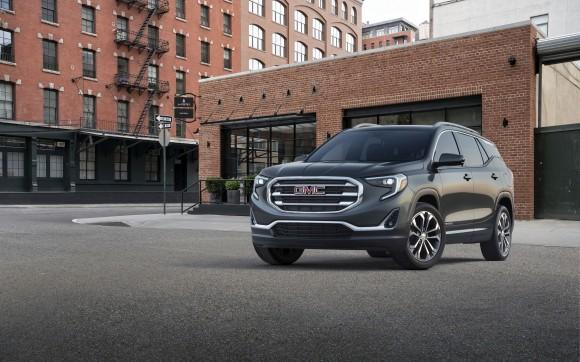
“Our customers want the best. They have expectations.”
Coming up with an overall interior can take as many as seven, sometimes more, designers and hundreds of engineers and thousands of collaborative man-hours. He has designed the interiors of the last two generations of full-sized GMC SUVs and trucks, some of GM’s best sellers. He has a special interest in trucks because it’s a more focused vehicle; they’re not just for pleasure, they’re also a tool. So, from an interior design standpoint, they need to fulfil multiple roles without any compromise.
During Media Day at the 44th annual Canadian International AutoShow (CIAS), Epoch Times sat down with Michael Stapleton, GMC’s director of Interior Design and swapped stories of the positioning of gear shifters, the optimum size of a brake pedal—and so much more.

Epoch Times: These days, the car buying public is looking for more than horsepower, torque, and even connectivity: We tend to spend more time in our vehicles so we prefer to be comfortable, to feel that after driving for a couple of hours, we can get to our destination, dust ourselves off and go about our day.
Michael Stapleton: True—and let’s not forget the endless list of individuals who contribute to how a vehicle, looks, sounds, and runs. It really is about the total package. As consumers we want, no, we demand a level of comfort when we slide into the driver’s or even the passenger seat.
Epoch Times: How soon do you and your team get involved with a new vehicle?
Mr. Stapleton: Hmm… Timing, when…OK, so, it’s more than colours and textures and how things feel. If you commute to work, you may be spending 30 minutes—maybe even up to two hours each way surrounded by steel, aluminum, plastic, carbon fibre, and glass. The interior of your vehicle, regardless of whether it’s a truck, crossover or sedan, has to make you feel comfortable and be able to deal with everything around you—passengers, traffic and general road conditions, without enveloping you in some marshmallow-like mess of absolute comfort. The vehicle needs to “work” for you regardless of its use. As designers, we are involved in the process of the build and design of a vehicle fairly early on—once engineers and designers have modelled everything and figured out drag co-efficients… We work with hundreds of people within the company. What is the purpose of the vehicle? Who will be the typical driver? How many passengers? How many cubic litres of space are available? Based upon the proposed price point, what materials can, should we be using? In truth, we are involved in some way, shape or form very early in the birth-cycle of all our vehicles. To be clear, we have so many things to consider when building from the inside out. There are always two key factors. Safety and of course, comfort.
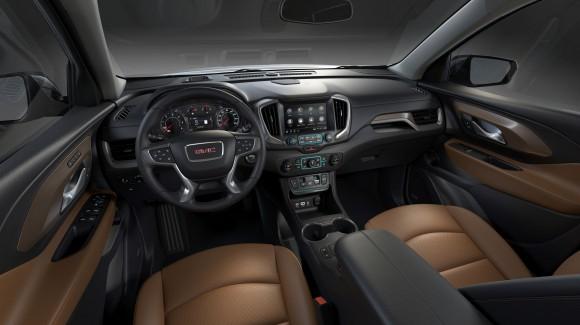
How an Individual Feels While Driving is Important
Epoch Times: Comfort. This is way more than how a seat cushion feels, correct?
Mr. Stapleton: Absolutely. It’s about seating positions. Leg clearance, knee, and even foot clearance. How easy is it to access pedals, switches, knobs... How much room is there? Storage. Headroom. Let’s consider the electronic precision shift (EPS) that’s in the all new GMC Terrain. There are hundreds, maybe even thousands of hours that have gone into that device. Where it’s located… why it’s where it is. Of course, there may be lowest common denominator factors to take into account, but then with power seats, the position changes, depending upon the user. We have to be able to arrive at a solution which addresses the masses without compromising design or engineering integrity. The real estate in any vehicle is at a premium. The position of a gear shifter is often located on what some might describe as “waterfront property”—prime and premium positioning. Why? Where does your phone go? The key fob and sunglass case? Cup holders. Everyone wants that premium position. We take that “land” and use it in such a way that nothing seems to be interrupted or inconvenienced as a result. When you sit in any car and you reach for where you intuitively feel the volume dial is, it’s there. If it’s not, we have not accomplished our overall objectives as interior designers.
Epoch Times: Sounds as if there is also a great deal of listening, paying attention to what your customers want? Their experience can help you and your team do a better job for them.
Mr. Stapleton: Feedback… communication is crucial to us. We cannot assume. We can never be complacent. If a driver likes the way a vehicle feels on day one, do they still feel the same way a week, a month later? Fortunately, we do not yet hand-build cars to each owner’s personal specifications! But we can create an experience, an environment that shows that we listen and act. It’s odd… we want to create this space that makes the driver and passengers enjoy their experience while in the cabin. We don’t want them to be overwhelmed or even angry and frustrated at their time spent inside any vehicle. If someone gets to their destination and is feeling refreshed and has no complaints about the stuffing in the cushions, the radiance of the heat in the seats or the controls for windshield wipers—then we have truly done our job.
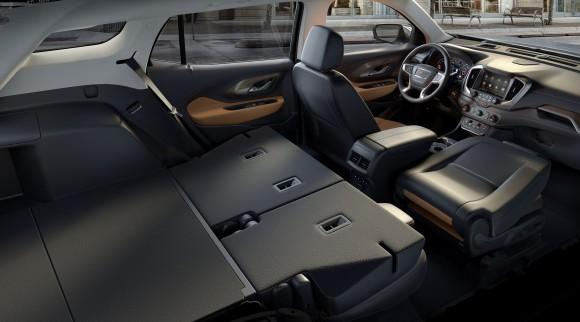
Epoch Times: As much as the interiors of all cars continue to improve, as consumers, do you think that there is a point where we may have gone too far? Is there a point where customer demands—expectations—become unrealistic?
Mr. Stapleton: Interesting. I suspect that the answer is no… look at how much the look and feel of cars have changed since the first cars hit the roads more than 100 years ago. Look how much things have evolved even in the past few years. Today, the buzzword would seem to be connectivity. We seem to require more from our vehicles than ever before. But this is utility in a different way. We have become more reliant on smartphones and now expect that our vehicles are now larger versions of our mobile communication devices. Especially now with Apple CarPlay and Android Auto.
Driven by Data
Epoch Times: Is it possible to over design something? Offer too much? Can you reach a point where you will exceed the needs of your customers before they even sit behind a wheel, adjust their mirrors, line-of-sight–everything, before driving off?
Mr. Stapleton: We may be at that point for some customers already. But we continue to challenge ourselves and our customers. Today, there are likely many more options/upgrade packages available to customers within some marques than ever before. Over the years I have worked on vehicle exteriors and interiors. From an interior standpoint, there are so many disparate parts and systems that must work together, seamlessly. Even if you wanted to upgrade the infotainment system, it has to be able to function optimally within the exact same environment for a customer who has no desire or need to add that option.
Epoch Times: So it really is more than a personal favourite colour: it’s all about the experience.
Mr. Stapleton: Generally it all comes down to a wide array of choices and trade-offs. It is based upon trends. Data that we gather to improve the overall experience for as many people as possible. Within GMC we are so focussed on the customer. It drives our design. Our utility. It’s about the location of the infotainment system in the right position. Are there too many knobs? Each execution with the use of the right materials makes a huge difference. Take a full size truck, for example. Generally, this is a work-type vehicle. All the buttons are located higher up than they might be in a car. While backing up a load of bricks on a trailer, no driver wants to be groping around for a volume knob. But that same volume knob in a car will likely be in a different location even if the system is identical! Again, we need to know our customers. Understand why they drive a specific model and how it fits into their lifestyle.
At the end of the day, we not only want something to look great, we also need it to be safe. Safety must always come first. Over economics. Ergonomics. Everything.
David Taylor is an independent automotive lifestyle writer, producer, and editor based in Barrie, Ontario who is fascinated by innovation and technology which enhance the overall driving experience. He’s also a member of the Automobile Journalists Association of Canada (AJAC) and a Director of the Canadian Car of the Year. Follow him on Twitter @Omemeeozzie or on Instagram @hugoscaroftheweek.
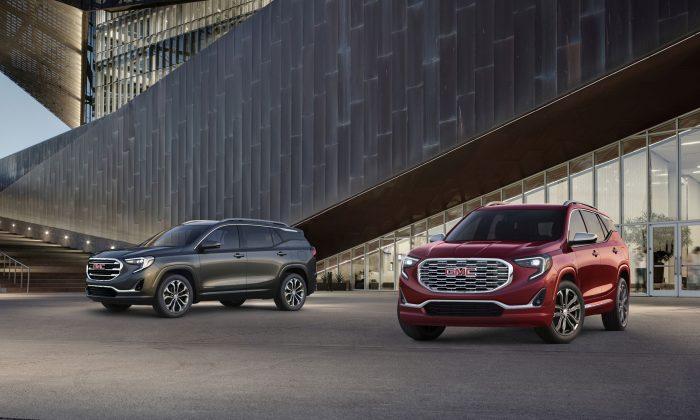
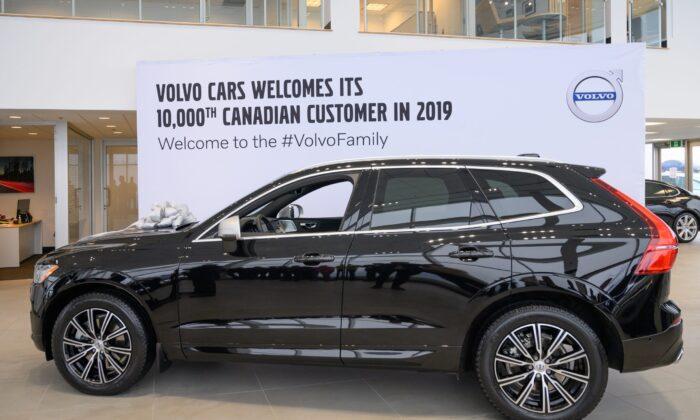
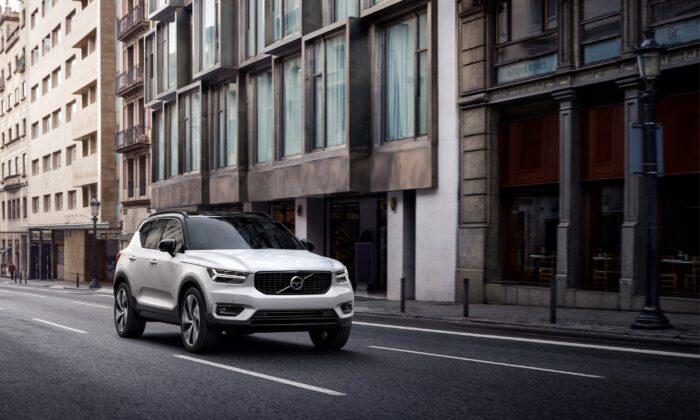
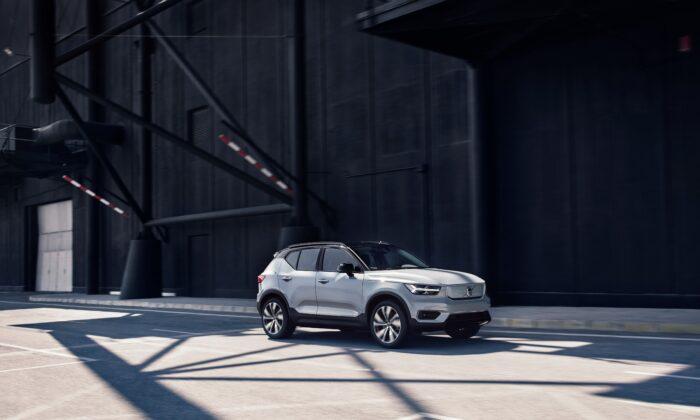
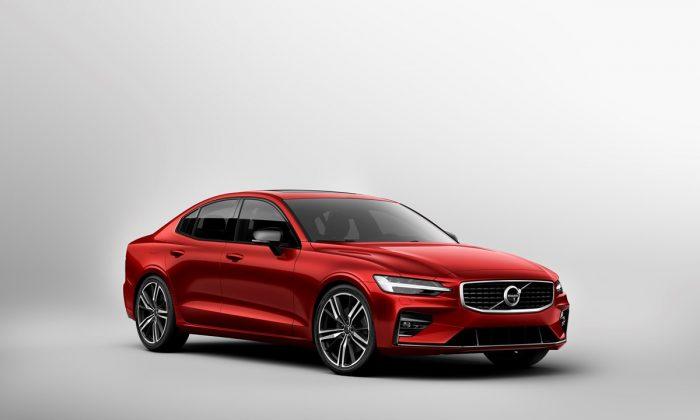
Friends Read Free